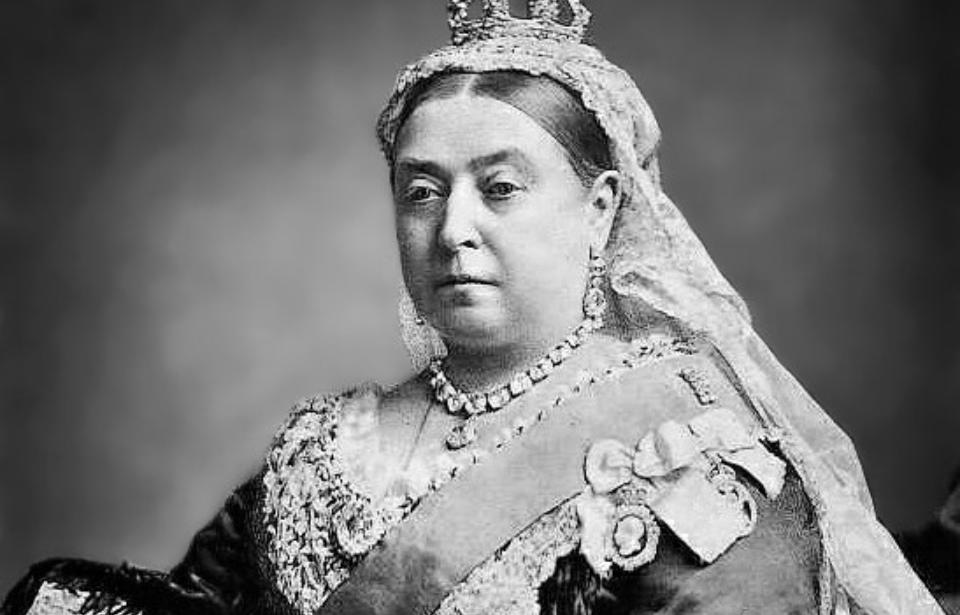From 1837 until 1901, Queen Victoria enjoyed a majestic 63-year reign, the second longest in British history. The Victorian Era saw many events and changes – some good and some bad. For Queen Victoria herself, her long reign included eight assassination attempts, all of which she survived.
June 10, 1840–Edward Oxford
The first attempt occurred on June 10, 1840, just months after Queen Victoria married Prince Albert and while the Queen was pregnant. The queen and Albert left Buckingham Palace in an open carriage, and Albert noticed “a little mean-looking man holding something towards us” as they drove through Hyde Park. Before he, or anyone else, had time to react, Edward Oxford fired a dueling pistol at the queen.
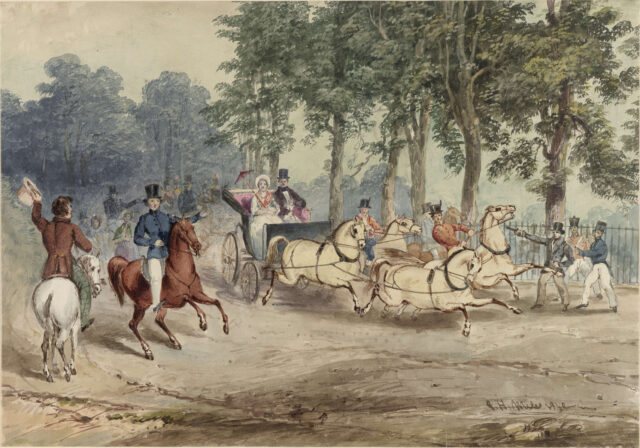
While he was only yards away, Oxford missed. He then took a second shot with a second pistol. When the queen ducked in preparation for the second attempt, that shot also missed. Bystanders in the park tackled Oxford to the ground. The queen and Albert carried on through the park, as Albert later described, “partly to give Victoria a little air, partly also to show the public that we had not, on account of what had happened, lost all confidence in them.”
After the attempt, Oxford was deemed guilty by insanity and spent the next 24 years in an asylum before being deported to Australia. He is the longest-surviving attempted assassin of a British monarch.
May 29, 1842–John Francis
During the afternoon, following a Sunday service at the royal chapel at St. James’ Palace, the queen and Albert traveled in a carriage down The Mall in London. During this trip, Albert saw “a little, swarthy, ill-looking rascal,” as he would later describe him.
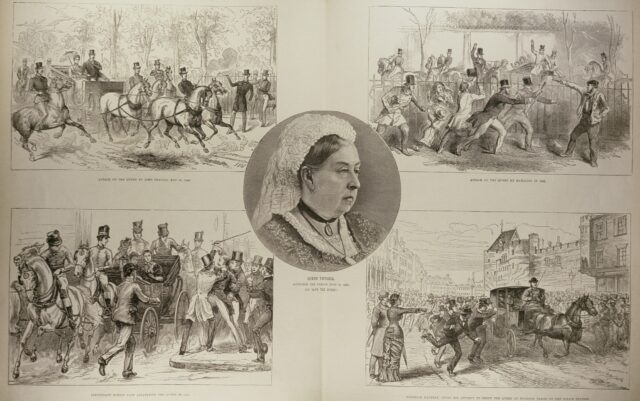
This “rascal,” John Francis, lifted a pistol up toward the carriage and pulled the trigger. However, the flintlock pistol he had chosen to use misfired. Having failed to assassinate the Queen, Francis hid his pistol and disappeared into Green Park.
May 30, 1842–John Francis
Despite an armed assassin being on the loose in London, Queen Victoria was adamant that she would not hide away in Buckingham Palace until he was caught. It was decided that the queen and Albert would go for an evening drive around London. Albert wrote of the idea, “You may imagine that our minds were not very easy… we looked behind every tree, and I cast my eyes round in search of the rascal’s face.”
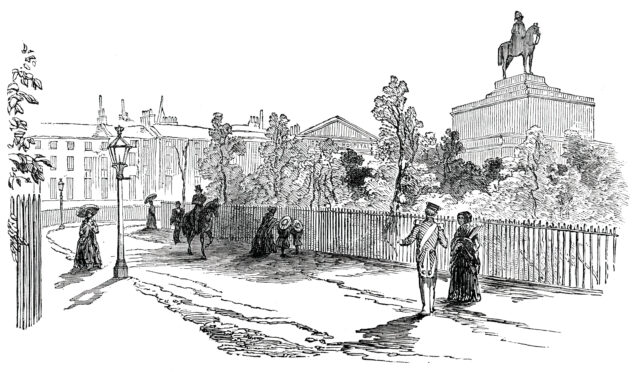
Constables were scouring the area for the would-be assassin. Before they found him, however, a gunshot rang out only five paces from the carriage. Francis, who had just made a second attempt on the queen’s life, missed and was arrested. He was found guilty and sentenced to be hanged and quartered. However, the queen ordered his sentence be changed to deportation in Australia.
July 3, 1842–John William Bean
The queen’s life again came under fire only weeks after the previous attempt. As she left Buckingham Palace for a Sunday service at the Royal Chapel, John William Bean waited with the crowds along The Mall. Bean suffered from a spinal deformity that made him stand barely four feet tall, and he was severely depressed. He desperately wanted change and believed that attempting to take the queen’s life would be a chance at a new start. Making his way to the front, Bean pulled a pistol from his coat.
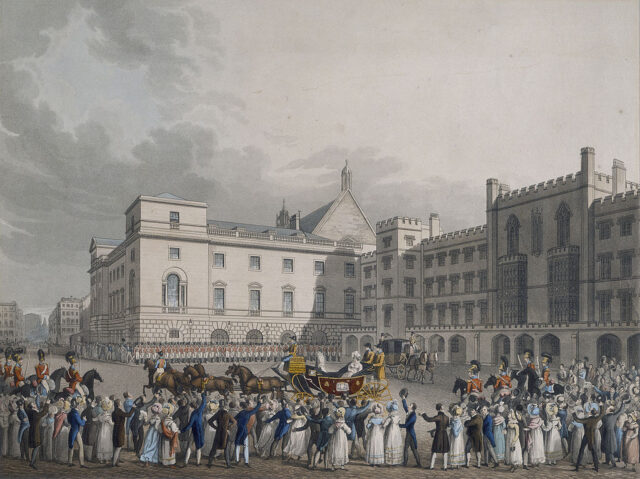
Bean pulled the trigger as the queen passed, but his pistol misfired. Although someone in the crowd grabbed his wrist, he was able to escape. Afterward, the police rounded up everyone fitting the description of a short hunchback and found Bean at his home. Bean tried to explain that the queen’s life was never in danger since the gun had been loaded with more tobacco than gunpowder.
Bean was found guilty and sentenced to 18 months of hard labor.
June 19, 1849–William Hamilton
Following an evening of celebrations for the queen’s birthday, she wrote through Hyde and Regents Park with three of her children, including the Prince of Wales. Standing in the same spot where Edward Oxford had fired a pistol at Queen Victoria nine years earlier, William Hamilton fired a pistol at the royal party on their way back to Buckingham Palace.
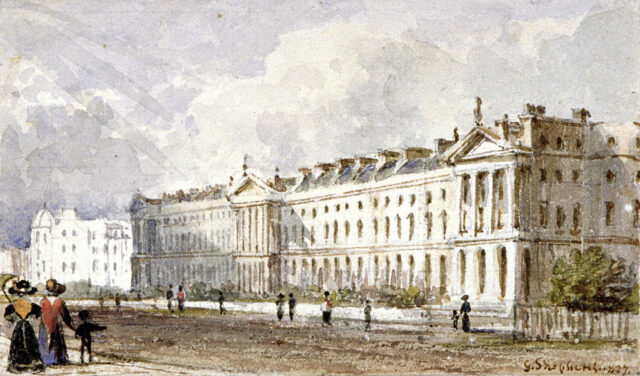
Once again, the queen was unharmed, and Hamilton was taken into custody. He later explained that he had emigrated from Ireland to London due to the Great Hunger in the 1840s. Not able to find work, he felt that going to prison made a better prospect than unemployment. The gun he used was apparently only loaded with gunpowder; however, Hamilton pled guilty and was deported to Gibraltar for seven years.
June 27, 1850–Robert Pate
Robert Pate’s attempt is not necessarily an assassination attempt but an act of violence against the queen. Following a visit to Cambridge House with three of her children, Queen Victoria was to depart in a carriage for Buckingham Palace. Before they left, Pate walked through the crowd and hit the queen on the head with his cane. This left the queen with a bruise, a black eye, and a scar, but nothing more serious.
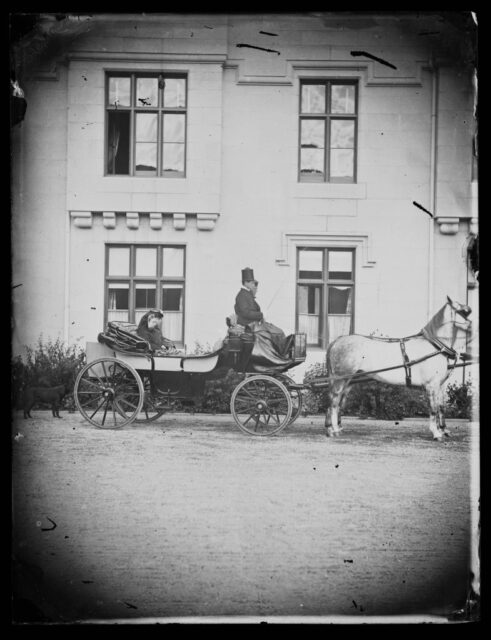
Pate had once served as an officer in the British Army and had become known around London as a bit of a lunatic. Goose-stepping around Hyde Park, his behavior was not in keeping with Victorian decorum. After he struck the queen, the crowd grabbed him and pulled him away. The queen declared, “I’m not hurt.”
Pate became the only ‘assassin’ to actually hurt the queen, and following his attack, he was sentenced to seven years in the Tasmania penal colony.
February 29, 1872–Arthur O’Connor
While the queen enjoyed a carriage drive around London, 17-year-old Arthur O’Connor climbed the fence surrounding Buckingham Palace and waited for her return with an assassin’s intentions. When she arrived, O’Connor ran toward the carriage holding a pistol. Just before he reached her, John Brown, the queen’s personal assistant, grabbed O’Connor by the neck and disarmed him. For his actions, Brown received a medal for heroism.
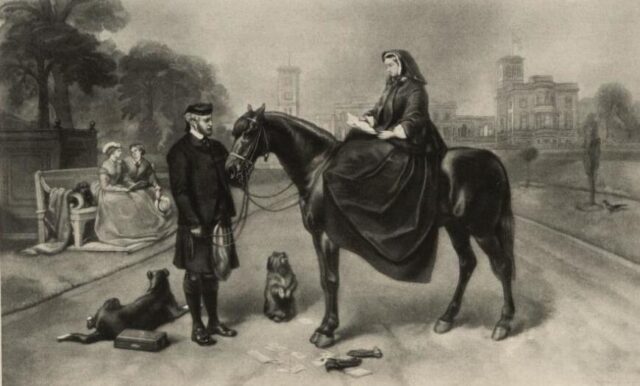
O’Connor claimed he never wished to hurt the queen but wanted to threaten her to release Irish political prisoners from British jails. It was found that the pistol he carried was broken and would not have worked. Despite this, he was sentenced to a year in prison, 20 strokes of a birch rod, and deportation to Australia.
March 2, 1882–Roderick Maclean
March 2, 1882, was to be the final attempt on Queen Victoria’s life. As she departed Windsor Station for Windsor Castle, crowds, including boys from Eton College, cheered as the carriage started to move. The queen wrote, “At the same time, there was the sound of what I thought was an explosion from the engine, but in another moment, I saw people rushing about and a man being violently hustled, rushing down the street.”
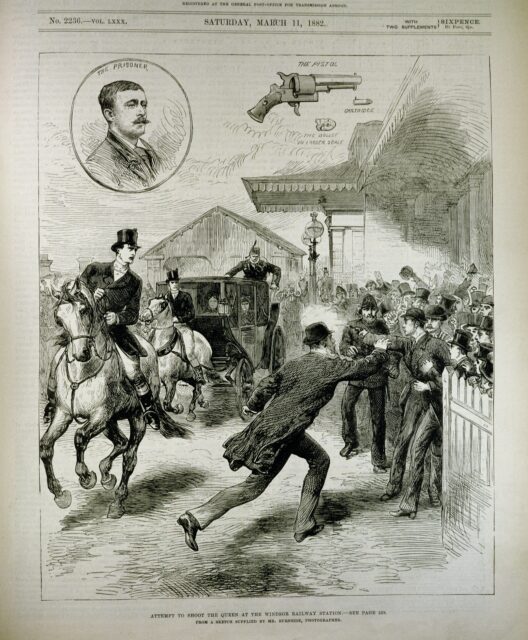
What had just occurred was Roderick Maclean firing a single shot at the Queen. He missed, and in defense of their queen, the Eton boys in the crowd pummeled Maclean until the police took him into custody. He was ultimately found not guilty due to insanity and spent the rest of his life in an asylum.
More from us: FBI Files on Queen Elizabeth II Reveal IRA Threat During Her 1983 Visit to the United States
Whatever their various motives for trying to assassinate Queen Victoria, none of her attackers succeeded. Attempts on her life did little to slow down or stop the queen, as it was reported following the attack made by Robert Pate, only two hours passed before she returned to her official duties.
